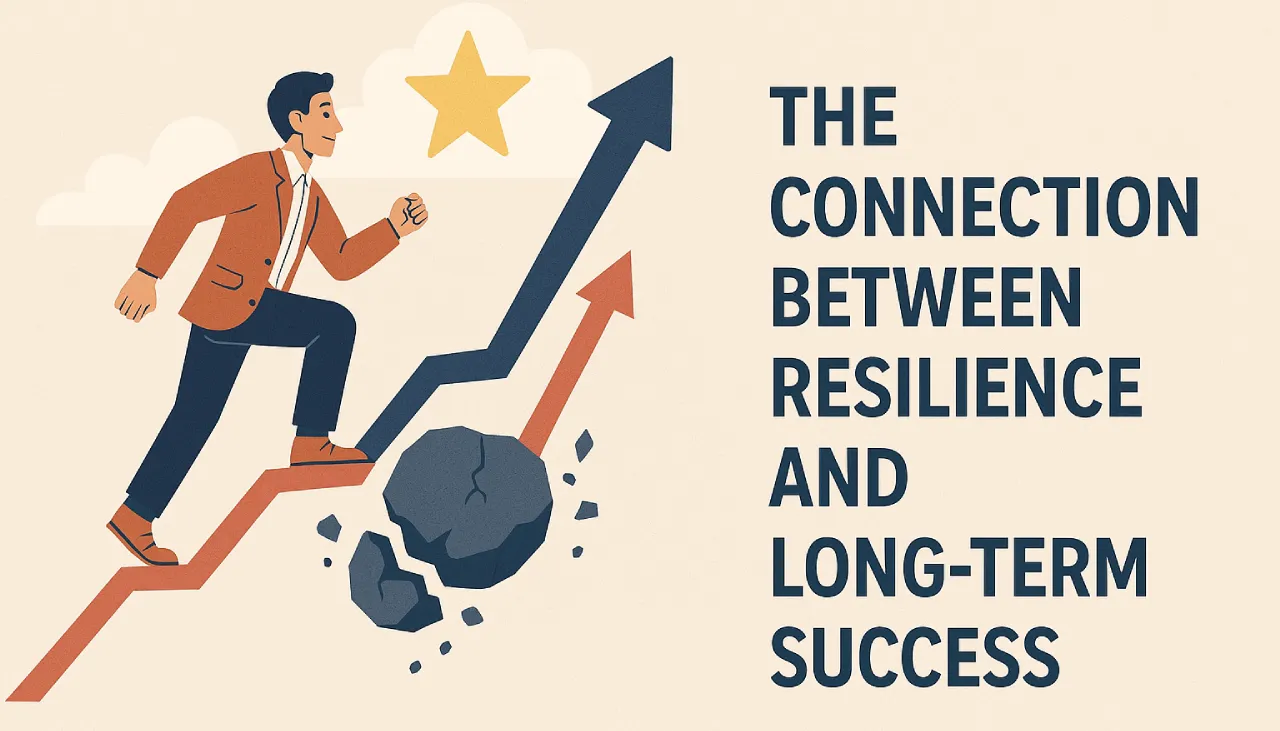Failure is inevitable, but how you respond to it determines your success. Some people see failure as the end, while others use it as fuel for growth. The key difference? Resilience and the ability to maintain motivation even after setbacks.
Neuroscience shows that failure activates the brain’s emotional and cognitive systems, influencing how you process setbacks. By training your mind to reframe failure, regulate emotions, and stay focused on progress, you can bounce back stronger and keep moving toward your goals.
In this article, you’ll learn how to recover from failure without losing motivation, using science-backed strategies to turn setbacks into opportunities for growth.
1. Why Failure Feels So Painful (and How to Rewire Your Response)
Failure activates the amygdala (the brain’s fear center), triggering an emotional response that can lead to self-doubt, frustration, and avoidance. If not managed, this response can weaken motivation and make you more likely to give up.
However, resilient people process failure differently. Instead of seeing it as a personal flaw, they train their brains to view it as feedback, making it easier to stay motivated and keep learning.
📌 Example: Thomas Edison famously said, “I have not failed. I’ve just found 10,000 ways that won’t work.” This mindset kept him motivated despite multiple setbacks.
2. How to Reframe Failure to Stay Motivated
✅ a) Shift from a Fixed Mindset to a Growth Mindset
People with a fixed mindset see failure as proof of their limitations. Those with a growth mindset see it as an opportunity to learn and improve.
- Replace “I’m not good at this” with “I can improve with practice.”
- Instead of asking “Why did I fail?”, ask “What can I learn from this?”
- View setbacks as part of the process, not as the end of the journey.
📌 Example: Studies by psychologist Carol Dweck show that people who adopt a growth mindset are more likely to persevere after failure and achieve long-term success.
✅ b) Reframe Failure as Data, Not Judgment
Failure doesn’t define your ability—it provides useful feedback on what needs adjustment.
- Detach emotion from failure—see it as an experiment, not a personal reflection.
- Analyze the cause objectively—ask “What specific action led to this outcome?”
- Adjust and retry—apply what you learned to your next attempt.
📌 Example: Entrepreneurs often experience multiple failed businesses before finding success. By treating failure as data, they refine their strategies and improve over time.
3. How to Regain Motivation After a Setback
✅ a) Use the “Failure Reflection” Method to Reset Your Mindset
Instead of dwelling on failure, structure your thoughts with this method:
- What happened? (Be objective about the situation.)
- What did I learn? (Identify valuable lessons.)
- What’s my next action? (Focus on the next step, not the setback.)
📌 Example: Athletes who review game footage after losing a match use this process to improve performance instead of getting discouraged.
✅ b) Focus on Progress, Not Perfection
Perfectionism makes failure feel catastrophic. Instead, train your brain to measure success by progress, not flawless results.
- Track small wins—keep a journal of improvements.
- Celebrate effort, not just outcomes—recognize the work you put in.
- Set micro-goals to build momentum after a setback.
📌 Example: A study from Harvard found that tracking progress boosts motivation and makes it easier to recover from setbacks.
✅ c) Reset Dopamine Levels by Taking Small, Positive Actions
Failure can deplete dopamine (the brain’s motivation chemical), making you feel discouraged. Rebuilding momentum requires small wins that trigger dopamine release.
- Complete a small, easy task related to your goal (e.g., if you failed a test, start by reviewing one page of notes).
- Engage in an activity you enjoy to reset your brain (exercise, music, socializing).
- Visualize success—imagine yourself succeeding to activate motivation pathways.
📌 Example: Research shows that dopamine spikes when you make measurable progress, even if it’s small.
4. Long-Term Strategies to Strengthen Resilience Against Failure
✅ Develop a Support System – Surround yourself with people who encourage you during setbacks.
✅ Practice Self-Compassion – Avoid harsh self-criticism; treat yourself as you would a friend.
✅ Keep a Resilience Journal – Write down past failures and how you overcame them to remind yourself of your strength.
✅ Use the “Never Miss Twice” Rule – If you slip up, get back on track the next day instead of letting failure spiral into inaction.
📌 Example: Research shows that self-compassion increases motivation and resilience, while self-criticism weakens perseverance.
Final Thought: Turn Setbacks Into Stepping Stones
Failure is not the opposite of success—it’s part of the journey. By training your brain to reframe failure, focus on progress, and take small steps forward, you can stay motivated and bounce back stronger than before.
✅ See failure as data, not a judgment of your ability.
✅ Use small wins to rebuild motivation after a setback.
✅ Adopt a growth mindset and focus on learning from challenges.
Start today: Choose one of these strategies and apply it to your next setback—you’ll transform failure into fuel for success! 🚀












Leave a Reply